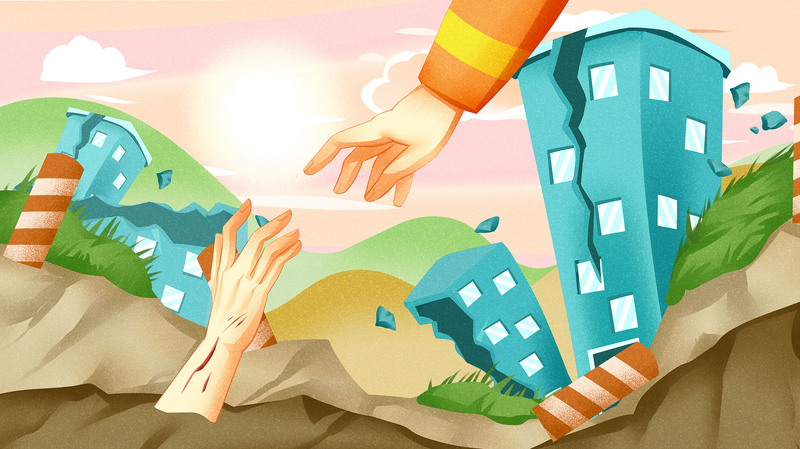The recent M7.7 earthquake in central Myanmar has left a deep impact on communities as it claimed over a thousand lives and caused widespread destruction. This powerful event reminds us of nature’s might and the importance of understanding the science behind earthquakes.
With a shallow depth of only 10 kilometers, the quake’s ground shaking was exceptionally intense, leading to the collapse of poorly constructed buildings. Myanmar, located on the active Himalayan-Burmese Arc where the Indian Plate collides with the Eurasian Plate at about five centimeters per year, is especially vulnerable to such seismic events. The enormous energy release from this earthquake—comparable to the blast of 300 atomic bombs—illustrates the tremendous forces at work deep within the Earth.
The tremors were not confined to Myanmar alone; strong shaking was felt in southwest China's Yunnan Province, affecting Ruili City approximately 300 kilometers from the epicenter, where two people sustained injuries. The quake’s proximity to Mandalay, Myanmar's second-largest city, further compounded the devastation by striking a densely populated area and triggering deadly landslides that buried roads and delayed rescue operations.
Survival during such events depends on both scientific preparedness and rapid, informed response. Experts advise that when the ground begins to shake, individuals indoors should immediately drop to the ground, take cover under sturdy furniture, and hold on until the tremors subside. Contrary to popular belief, doorways in modern buildings are not safe havens. When outdoors, it is crucial to move swiftly to open areas away from buildings and power lines.
In anticipation of potential utility failures after an earthquake, keeping at least three days’ worth of water, canned food, and flashlights on hand is advised. Additionally, knowing how to shut off gas valves can prevent dangerous fires, and having sturdy shoes nearby can reduce the risk of injury from falling debris. In rural areas, pre-identifying safe zones that are protected from landslides can be lifesaving.
Historical patterns, such as those observed during the 1930 Bago earthquake—a 7.3 magnitude event in Myanmar—underscore the importance of reinforcing key structures and holding regular community drills. These proactive steps have proven effective in reducing casualties in regions with similar seismic risks.
This devastating earthquake offers a sober reminder to global citizens: understanding the science behind earthquakes and preparing adequately can help mitigate the human toll when nature unleashes its power.
Reference(s):
cgtn.com




